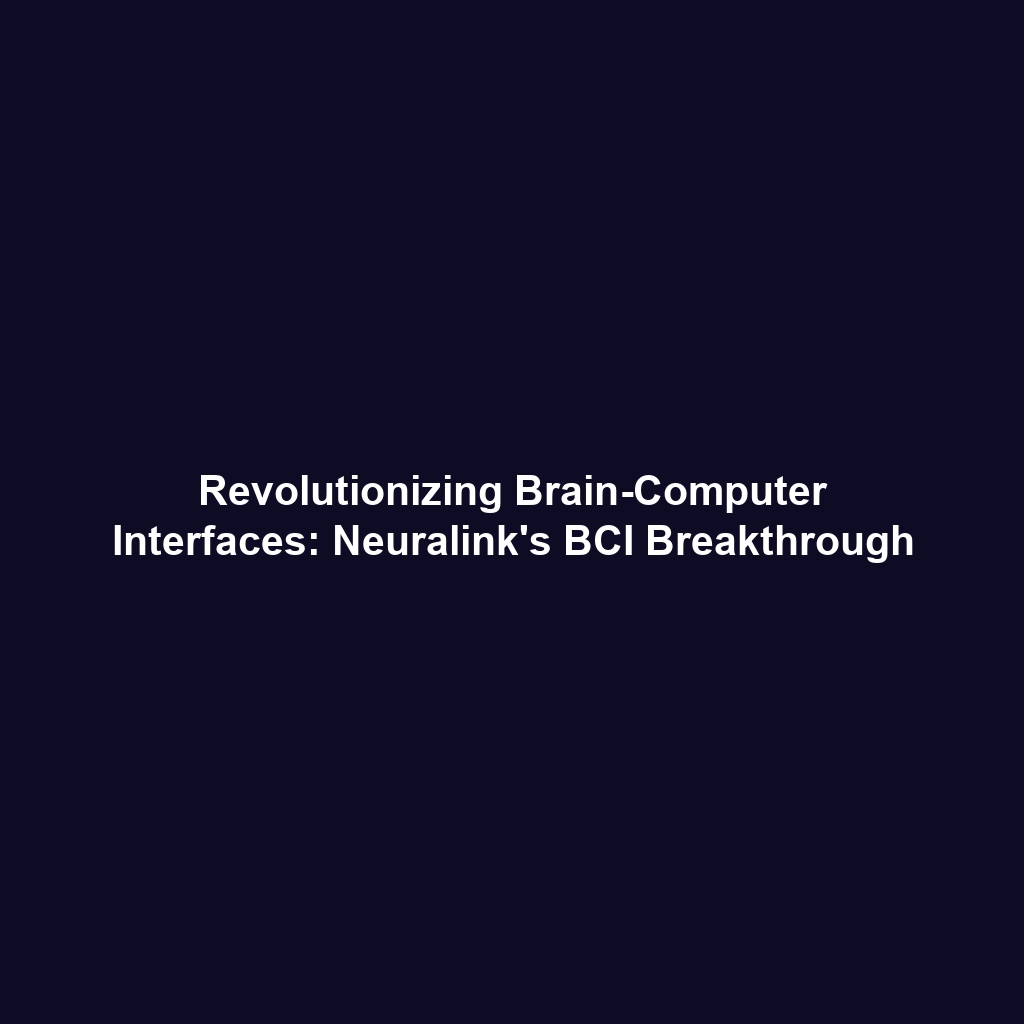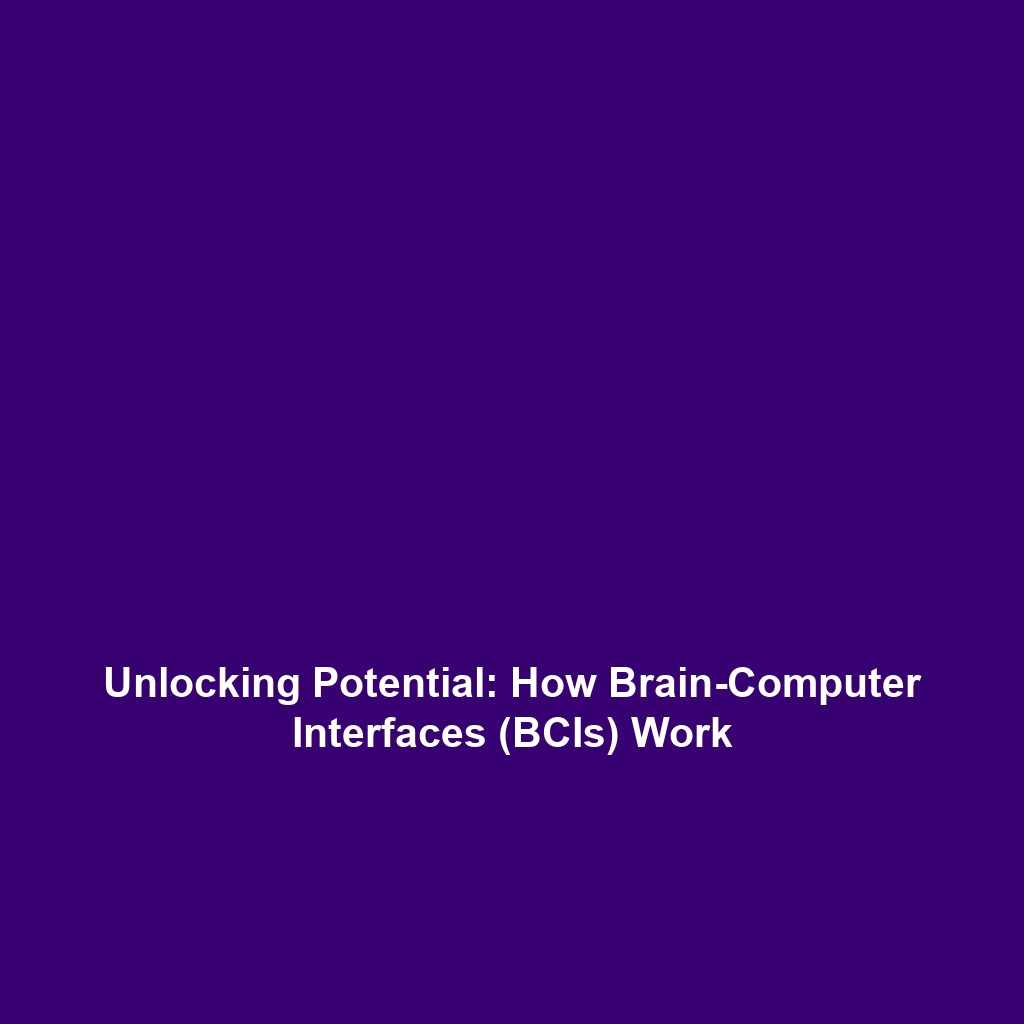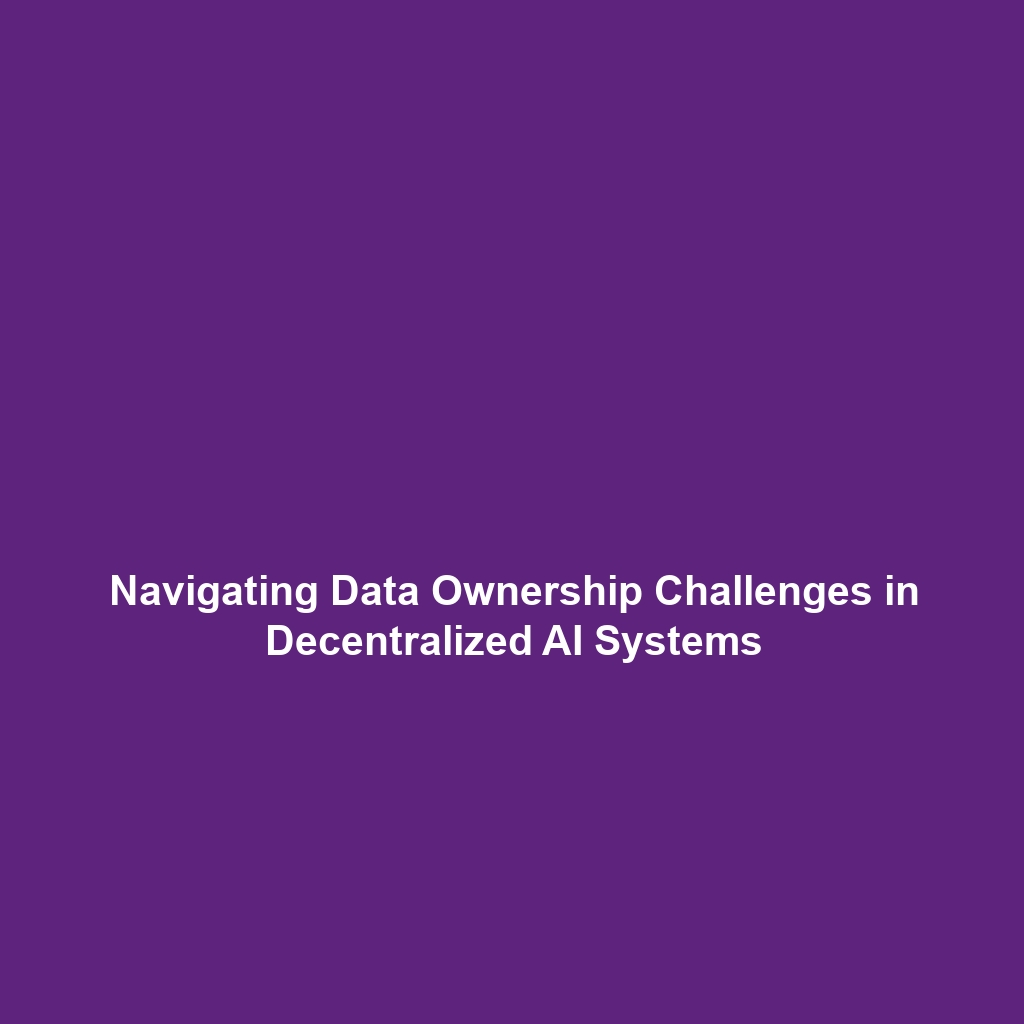Carbon Utilization Technologies: Creating a Circular Carbon Economy
Introduction
Carbon utilization technologies represent a vital component in the transition towards a circular carbon economy, which aims to minimize overall carbon emissions. By capturing carbon dioxide (CO2) and converting it into useful products, these technologies embody a sustainable solution to mitigate climate change impacts. Carbon Capture & Storage (CCS) serves as the backbone for these innovations, facilitating the capture of CO2 from industrial sources and repurposing it for various applications. Understanding the intersection of carbon utilization and CCS is crucial for comprehending how to effectively reduce greenhouse gas emissions on a global scale.
Key Concepts
To fully appreciate carbon utilization technologies and their role in establishing a circular carbon economy, several key concepts must be understood:
1. Carbon Capture and Conversion
This process involves capturing CO2 emissions from industrial activities and converting them into valuable products, such as fuels, chemicals, and building materials. This transformation aids in reducing emissions while generating economic value.
2. Circular Carbon Economy
A circular carbon economy seeks to recycle carbon emissions, thereby avoiding release into the atmosphere. It emphasizes the importance of sustainable practices in industry and encourages innovative approaches to manage carbon resources effectively.
Applications and Real-World Uses
The applications of carbon utilization technologies are vast and impactful, particularly in reducing emissions from Carbon Capture & Storage (CCS). Here are several significant real-world uses:
- Fuel Production: CO2 can be transformed into synthetic fuels, providing cleaner alternatives to fossil fuels.
- Enhanced Oil Recovery: Captured CO2 is injected into oil fields to increase extraction efficiency while storing carbon underground.
- Cement Manufacturing: Certain processes incorporate CO2 into concrete, reducing the carbon footprint of construction projects.
Current Challenges
Despite its promise, the study and application of carbon utilization technologies face several challenges:
- Economic Viability: High costs associated with technology development can hinder widespread adoption.
- Technical Limitations: Efficiently converting captured CO2 into high-value products remains a complex challenge.
- Policy and Regulation: Insufficient frameworks may impede investments and implementation of these technologies.
Future Research and Innovations
Looking forward, several innovations and research directions hold great promise for advancing carbon utilization technologies:
- Next-Generation Catalysts: Development of advanced materials that enhance the conversion efficiency of CO2.
- Integration with Renewable Energy: Utilizing excess renewable energy to power carbon capture processes.
- Decentralized Systems: Creating localized carbon capture units for smaller industries to promote broader participation.
Conclusion
Carbon utilization technologies are central to establishing a circular carbon economy, significantly contributing to reducing overall emissions in conjunction with Carbon Capture & Storage (CCS). By prioritizing the development and application of these technologies, industries can participate in the collective effort to combat climate change. For further information on CCS advancements, consider exploring topics on renewable energy integration and sustainable manufacturing practices.








